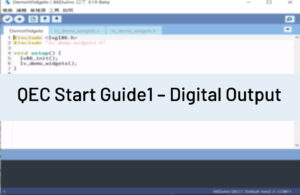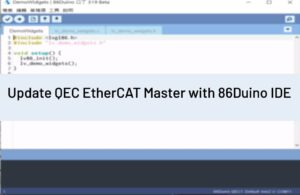[Compound Operators]
描述
The compound bitwise AND operator (&=) is often used with a variable and a constant to force particular bits in a variable to the LOW state (to 0). This is often referred to in programming guides as “clearing” or “resetting” bits.
語法
x &= y; // equivalent to x = x & y;
參數
X: a char, int or long variabley: an integer constant or char, int, or long
範例
First, a review of the Bitwise AND (&) operator
0 0 1 1 operand1 0 1 0 1 operand2 ---------- 0 0 0 1 (operand1 & operand2) - returned result
Bits that are “bitwise ANDed” with 0 are cleared to 0 so, if myByte is a byte variable,
myByte & B00000000 = 0;
Bits that are “bitwise ANDed” with 1 are unchanged so,
myByte & B11111111 = myByte;
Note: because we are dealing with bits in a bitwise operator – it is convenient to use the binary formatter with constants. The numbers are still the same value in other representations, they are just not as easy to understand. Also, B00000000 is shown for clarity, but zero in any number format is zero (hmmm something philosophical there?)
Consequently – to clear (set to zero) bits 0 & 1 of a variable, while leaving the rest of the variable unchanged, use the compound bitwise AND operator (&=) with the constant B11111100
1 0 1 0 1 0 1 0 variable
1 1 1 1 1 1 0 0 mask
----------------------
1 0 1 0 1 0 0 0
variable unchanged
bits clearedHere is the same representation with the variable’s bits replaced with the symbol x.
x x x x x x x x variable
1 1 1 1 1 1 0 0 mask
----------------------
x x x x x x 0 0
variable unchanged
bits clearedSo if:
myByte = 10101010; myByte &= B1111100 == B10101000;
參考
語法參考主頁面
86Duino 參考的文本是根據 Creative Commons Attribution-ShareAlike 3.0 License,部分文本是從 the Arduino reference 修改的。 參考中的代碼示例已發佈到公共領域。



